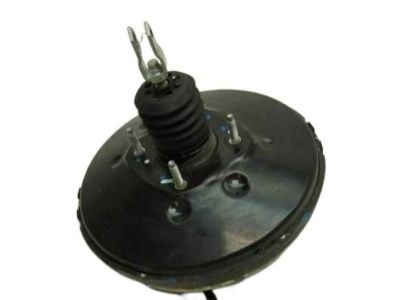×
- Hello
- Login or Register
- Quick Links
- Live Chat
- Track Order
- Parts Availability
- RMA
- Help Center
- Contact Us
- Shop for
- Nissan Parts
- Nissan Accessories

My Garage
My Account
Cart
Genuine Nissan Versa Brake Booster
Brake Power Booster- Select Vehicle by Model
- Select Vehicle by VIN
Select Vehicle by Model
orMake
Model
Year
Select Vehicle by VIN
For the most accurate results, select vehicle by your VIN (Vehicle Identification Number).
9 Brake Boosters found

Nissan Versa Master Vacuum Assembly
Part Number: D7210-3BA0A$187.58 MSRP: $277.75You Save: $90.17 (33%)Ships in 1-3 Business DaysNissan Versa Booster Assy-Brake
Part Number: D7210-3BA0B$187.58 MSRP: $277.75You Save: $90.17 (33%)Ships in 1-3 Business DaysNissan Versa Booster Assy-Brake
Part Number: 47210-3BA0A$187.58 MSRP: $277.75You Save: $90.17 (33%)Ships in 1-2 Business DaysNissan Versa Booster Assy-Brake
Part Number: D7210-5RL1A$267.29 MSRP: $407.97You Save: $140.68 (35%)Ships in 1-3 Business Days
Nissan Versa Brake Booster
If you need any OEM Nissan Versa Brake Booster, feel free to choose them out of our huge selection of genuine Nissan Versa Brake Booster. All our parts are offered at unbeatable prices and are supported by the manufacturer's warranty. In addition, we offer quick shipping to have your parts delivered to your door step in a matter of days.
Nissan Versa Brake Booster Parts Questions & Experts Answers
- Q: How should the brake system and Brake Booster be inspected and maintained for optimal performance on Nissan Versa?A:For overall brake examination, the brakes should be checked every time wheels are off or when there is a feeling that something is wrong with the brakes, signs showing that there is a problem with the brakes include, the vehicle pulls to the side when braking, brake system makes squealing or drags noises, has long pedals, pulsating pedals, or brake fluid leaks. The locators of disc brake pads have metallic content which when worn produce a high-pitched sound which serve as wear indicators informing the driver that the brake pads must be changed since the continued use endangers the disc. First turn the wheel lug nuts to slacken them, lift the vehicle safely on jack stands and unbolt the wheels. Every caliper has two pads covered by plates; thickness is to be measured, through inspection holes, and if the lining material is less than thickness as specified, the pads are to be replaced. If thickness is hard to measure, then callipers and pads must be withdrawn for further assessments then cleaned with brake cleaner then measured. Check the disc thickness with a micrometer, fit new discs of lesser thickness and examine for the scoring or gouging. Prior to replacing the wheels, check all the brake related pipes and tubes for signs of wear or damage, sharp edges, movements of parts of the pipes and hoses, and if any, the pipes or hoses should be repaired or replaced. For rear drum brakes, you can start re- mounting the drums and inspecting the lining material as to thickness and other indications, and replacing shoes whenever they are down to 1/ 16-inch from the rivets or the metal shoes, or if the shoes show signs of contamination or export. Make sure the return springs and adjusting mechanisms of the shoe are alright, examine wheel cylinders for leakage, drums for flaws that cannot be wiped out by emery papers; the surface of the drums would need to be dressed if it has gotten bad. Especially after fixing the drums and wheels, the nuts of the wheels should be tightened to the recommended torque. To test the brake booster you have to depress the brake fully while starting the engine, the pedal should move slightly and carry out more tests to confirm the problem. On the parking brake, pull it normally and count the clicks you hear to check on the brake adjuster or else take the car to a steep hill to check on the car stability.
Related Nissan Versa Parts
Browse by Year
2024 Brake Booster 2023 Brake Booster 2022 Brake Booster 2021 Brake Booster 2020 Brake Booster 2019 Brake Booster 2018 Brake Booster 2017 Brake Booster 2016 Brake Booster 2015 Brake Booster 2014 Brake Booster 2013 Brake Booster 2012 Brake Booster 2011 Brake Booster 2010 Brake Booster 2009 Brake Booster 2008 Brake Booster 2007 Brake Booster

















